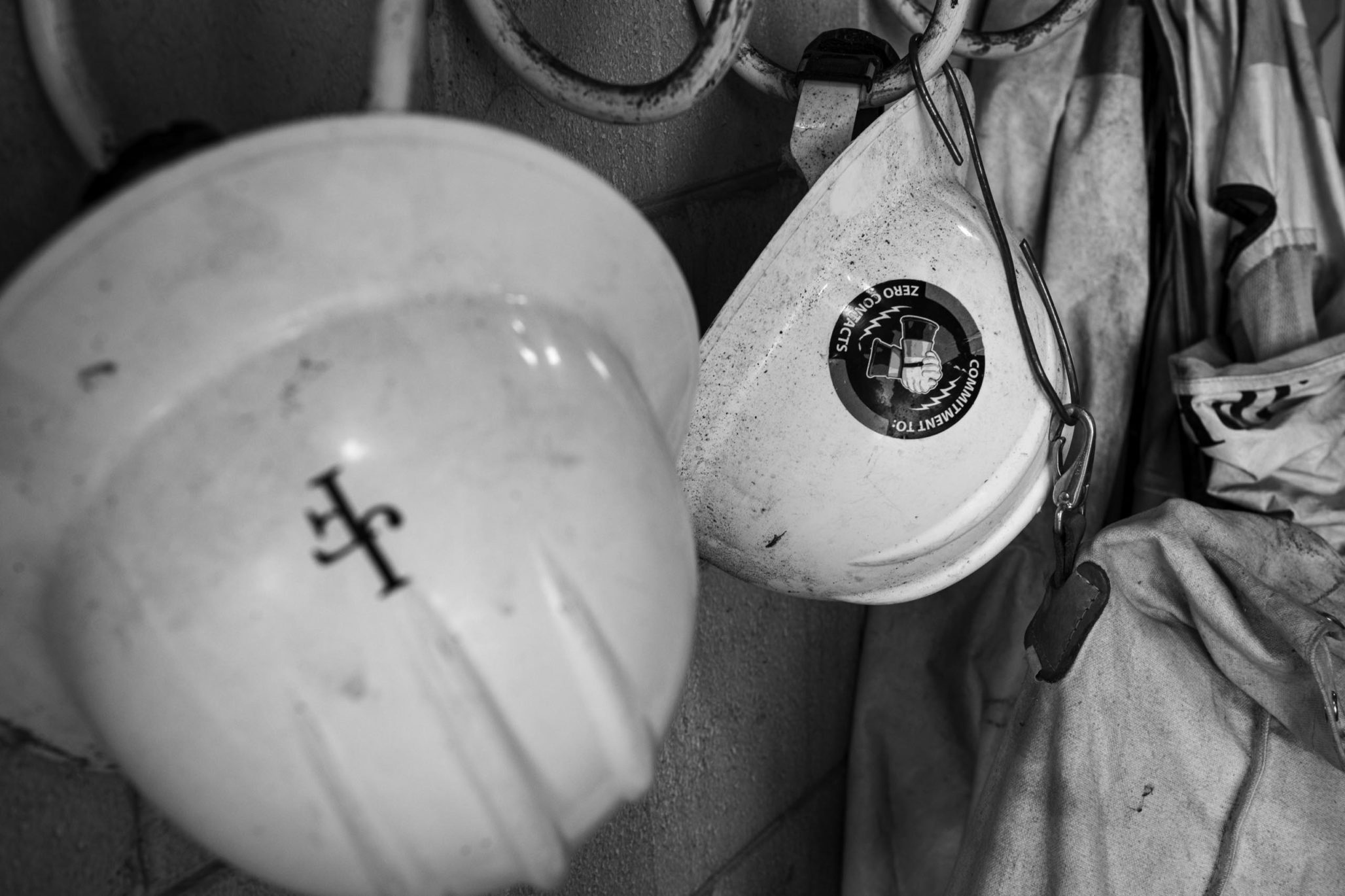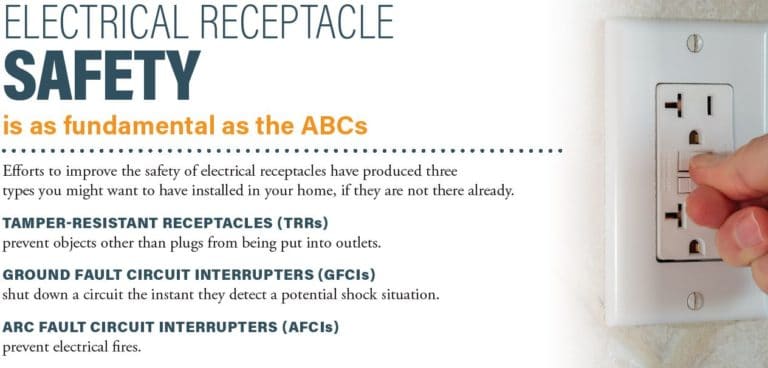Electrical Receptacle Safety
Jackson Purchase Energy Cooperative (JPEC) reminds consumers-members about the three types of electrical receptacles designed with safety in mind. The three types of receptacles are tamper-resistant receptacles, ground fault circuit interrupters, and arc fault circuit interrupters.
Receptacles pose dangers to children and adults alike. A curious child may insert a paper clip, coin, or key into an outlet’s openings. Accidents or carelessness with plugged-in appliances around water or simply faulty receptacles and wiring can cause electrical shocks and fires leading to disaster and tragedy.
“Electrical safety is always improving,” says Greg Grissom, President and CEO at JPEC. “There are many consumer safety devices that are now required by code and are standard in any newer home, or available and can be installed to make your home safer.”
Here are three types of electrical receptacles installed today.
TRR—Tamper-resistant receptacles have an interior spring-loaded cover that closes off the slots of the receptacle until a plug is inserted. They open only when two prongs of a plug are inserted simultaneously.
GFCI—Ground fault circuit interrupters have been around for many years and are required for receptacles in bathrooms, kitchens, and laundry rooms—wherever there may be water and/or dampness present. GFCIs have “reset” and “test” buttons associated with them. GFCIs are circuit breakers that stop the flow of electricity the instant they detect an imbalance in the current going to and returning from equipment along the circuit.
AFCI—Arc fault circuit interrupters prevent an electrical fire in your home due to “arcing.” An arc fault is an unintended arc created by current flowing through an unplanned path. Arcing creates high-intensity heating, resulting in burning particles that can ignite nearby material like wood or insulation.
If a home doesn’t have these three life-saving types of receptacles, contact a qualified electrician about installing them where needed
Follow us on Facebook, Instagram, and view our website at www.jpenergy.com for up-to-date information.
Sources: National Fire Protection Association, Consumer Product Safety Commission, Occupational Safety and Health Administration, National Electrical Manufacturers Association,deckerhomeservices.com, Eaton.com





